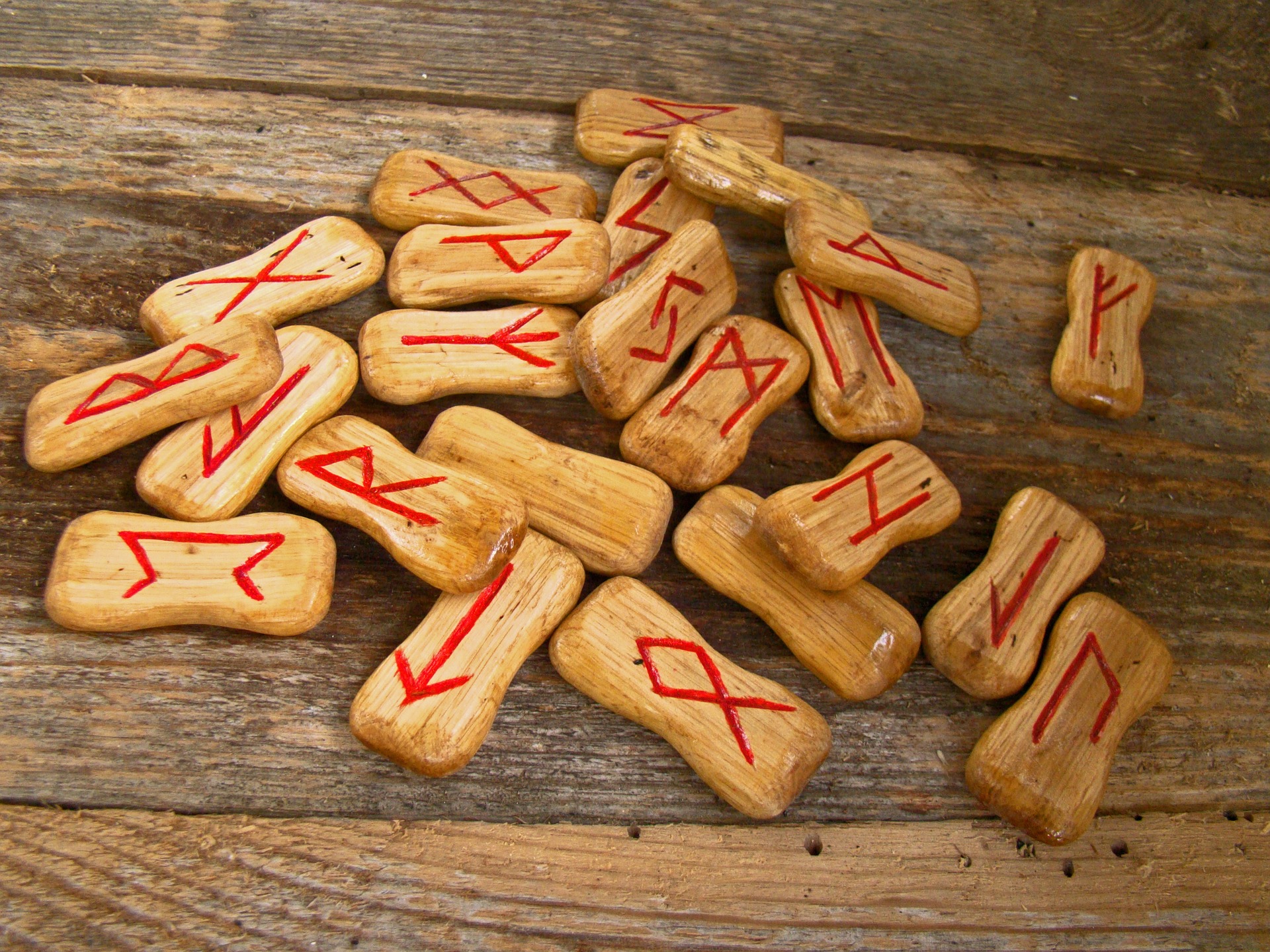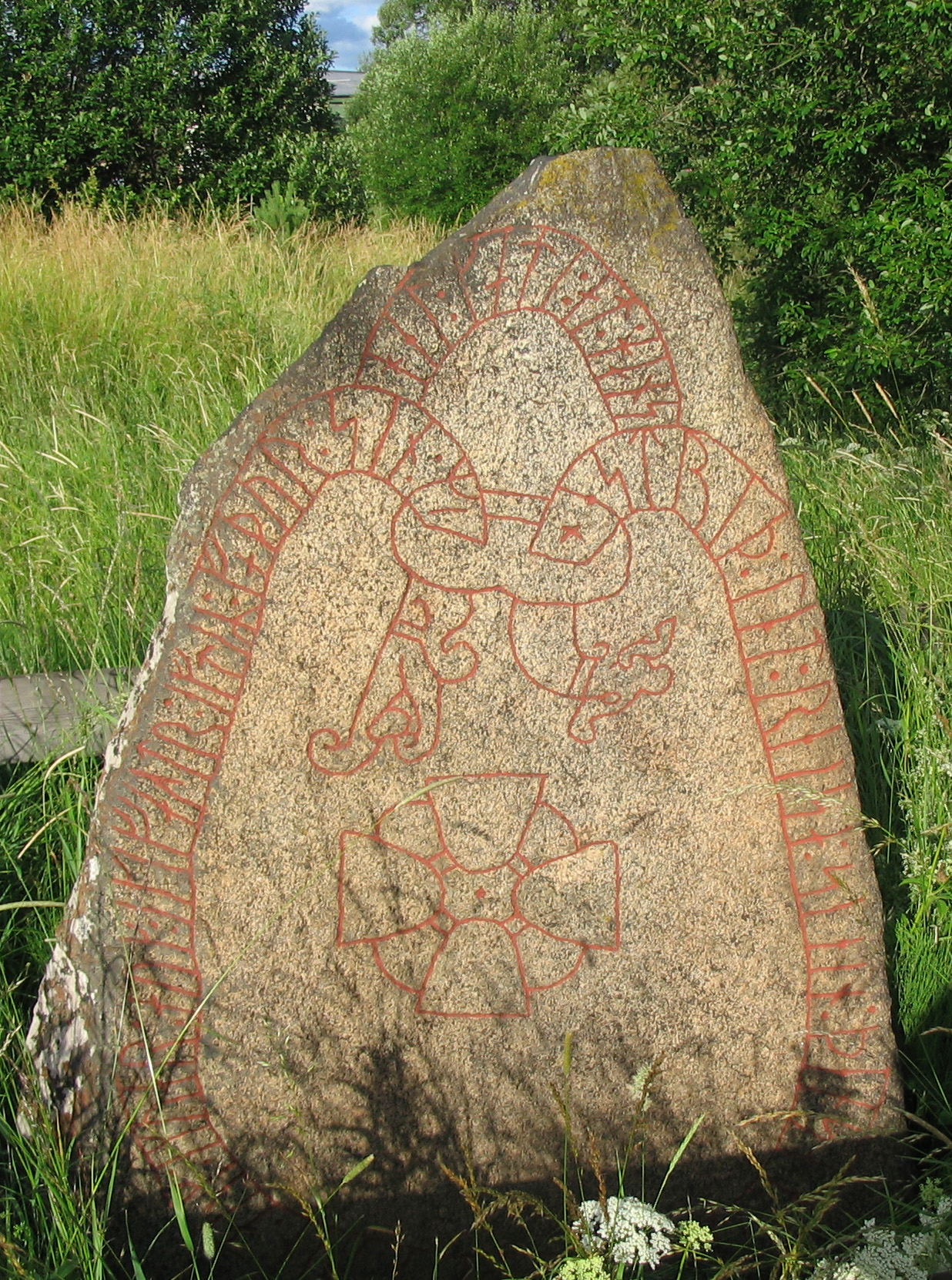Futhark – The Ancient Runic Script Of The Norsemen
Even before the start of the Viking Age the Norsemen (Vikings) used to write and read in the Runic alphabet of their own language, namely Old Norse. This Runic alphabet that was used by the Norsemen before and in the time of the Viking Age is commonly known as ‘fuþark’ (futhark).
Regarding its origin, three main hypotheses can be identified as follows:
- The Runic alphabet might have been independently created, without any foreign influences;
- The Runes could have been based on other ancient alphabets used by Mediterranean populations and subsequently introduced in Scandinavia before the Viking Age;
- The Runic script might have been based on an earlier form of either the Etruscan or Latin alphabet.
Regardless the precise origin, the futhark, however, was not solely used by the Norsemen. A slightly different version of this Runic script had also been used by the Anglo-Saxons throughout the Anglo-Saxon period in Britain during the early Middle Ages. This Anglo-Saxon variation is known as ‘fuþorc’ (‘futhark’; slightly different in name from the Old Norse counterpart given the sound changes between Old English and Old Norse).

Artistic depiction of a Norseman carving a runestone. Image source: www.pixabay.com
The etymology of the term ‘futhark’ stems from the order of the first six characters/letters of this ancient type of alphabet which, in addition to the Norsemen and the Anglo-Saxons, was also not unknown to other Germanic-speaking populations from Northwestern Europe such as the Goths.

Runes carved on wood. Image source: www.pixabay.com
Each character of the Runic script had a special meaning. Some denoted wealth, harvest, and joy, while others were closely related to the Norse divinities and the notions of sun and ice.
The Old Norse Runic system had two main sets, as defined according to chronology in the following manner:
- Elder Futhark (in use between the mid 2th century until the early 9th century AD)
- Younger Futhark (in use between the 9th century until the 11th century AD)
The Elder Futhark was the alphabet of the Proto-Norse language while the Younger Futhark was used for the Old Norse language which had three dialects that formed a dialect continuum, specifically Old West Norse, Old East Norse, and Old Gutnish.
The Younger Futhark had two additional sets:
- Danish runes
- Swedish-Norwegian runes
Commencing in the 12th century, the Latin alphabet competed with the Runic script in Scandinavia. Nonetheless, instead of being replaced by the Latin alphabet, the runes continued to exist in late medieval Scandinavia under the form of medieval runes.

Medieval runes and their counterparts in the Latin alphabet. Image source: www.pixabay.com
In the passing of time, runes have been carved on wood, metal, and stone. Runic inscriptions on runestones are to be found in considerable amounts in the three Scandinavian countries of Denmark, Sweden, and Norway. Outside Scandinavia, the number of Runic inscriptions is quite sparse.
Nowadays, several thousand runic inscriptions have been preserved in continental Europe (Scandinavia included) and the former North Atlantic colonies of the Viking Age (i.e. the Faroes, Iceland, and Greenland).The Runestones account typically historical, mythological, and legendary tales, focusing on the commemoration and recollection of the past.

11th century runestone at Knivsta, south of Upssala, Sweden. The runestone reads: ‘Ástríðr lét reisa stein þenna eptir Jóar/Ívar, bónda sinn, ok Ingvarr ok Ingifastr eptir fôður sinn. Mikjáll gæti ônd hans.’ Translation: ‘Ástríðr had this stone raised in memory of Jóarr/Ívarr, her husbandman; and Ingvarr and Ingifastr in memory of their father. May Michael protect his spirit.’ Image source: Wikimedia Commons
Of the modern North Germanic languages, Icelandic is probably the most conservative, followed by Faroese and Elfdalian. Icelandic managed to preserve both the letter ‘thorn‘ and the letter ‘eth‘ from the Old Norse language, while Faroese and Elfadlian only retained the latter.
Additionally, with respect to the contemporary usage of the runes, it should be mentioned that the Bluetooth logo (symbolised by the blue background colour and the Norse runes H (hagall) and B (berkanan) — i.e. the initials of Harald Bluetooth) and the Bluetooth communication protocol between computers and cell phones was named this way in analogy to the the unification of Denmark and Norway which took place in the 10th century, just as the cell phones get connected to computers and vice-versa.

The Bluetooth logo, named after Danish King Harald Bluetooth. Image source: www.pixabay.com
Documentation sources and external links:
- Ancient Scripts: Futhark on www.ancientscripts.com
- Runic alphabet on www.omniglot.com
- Rune Converter on www.vikingrune.com
- Runestones: Words from the Viking Age on www.realscandinavia.com
- Runes and Writing on www.vikinganswerlady.com
- Why is Bluetooth Called Bluetooth? (Hint: Vikings!) on www.smithsonianmag.com
- Viking Age Runes on www.viking.archeurope.info
- Runic inscriptions on www.wikipedia.org (in English)
- Runes on www.wikipedia.org (in English)
- Old Norse on www.wikipedia.org (in English)




The Ogham is very similar to the Nordic Runes. The Irish Celts had drakkar long before drakkar was used in Norway. R1b is heavily concentrated on the west coast of Norway.
Do you have any solid evidence for this claim? Because if you do, I’d really like to read it up. I’m not sure though if the ancient Celts or the early medieval Gaelic populations of the Albion or of Hibernia used the exact type of vessels as the Norsemen did. In point of fact, I have serious doubts, but they can just as well be very easily dispelled if I’ll read a proper academic paper on the matter. Thank you very much in advance!